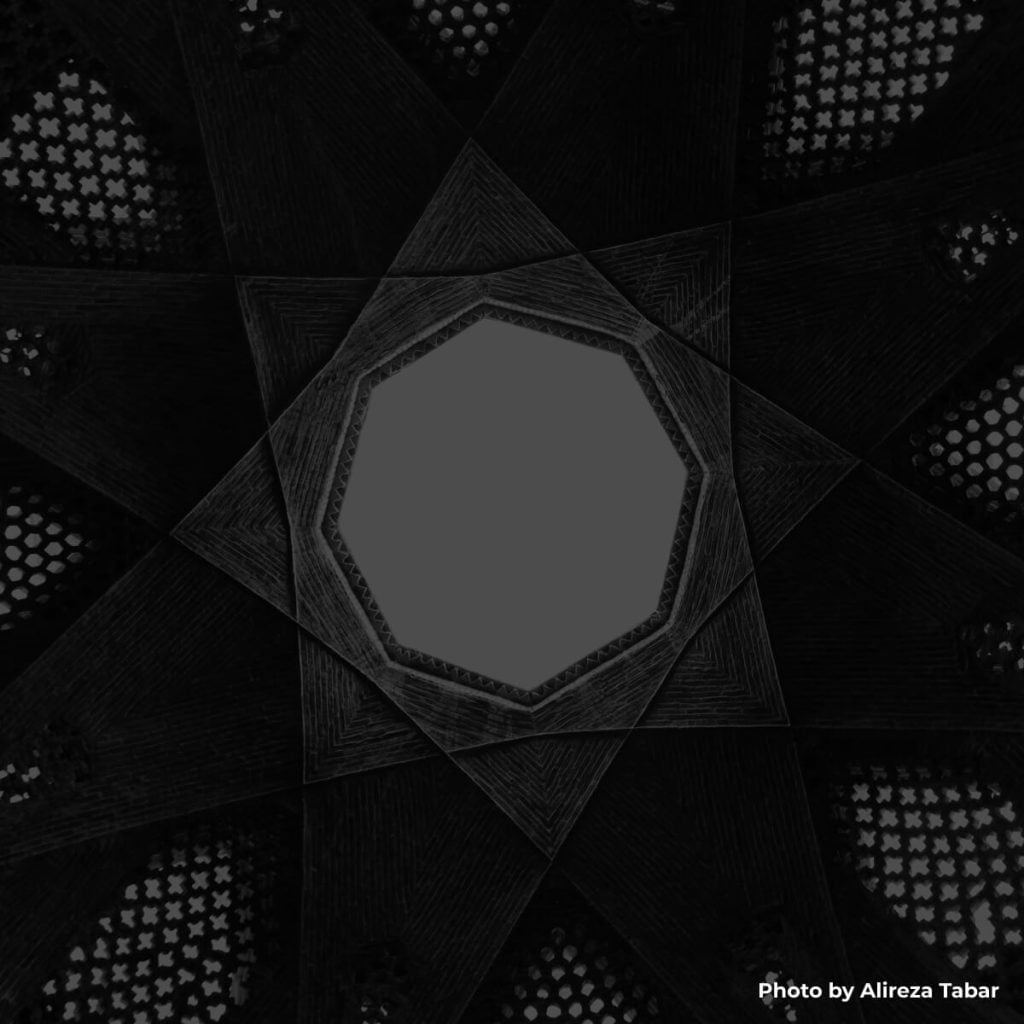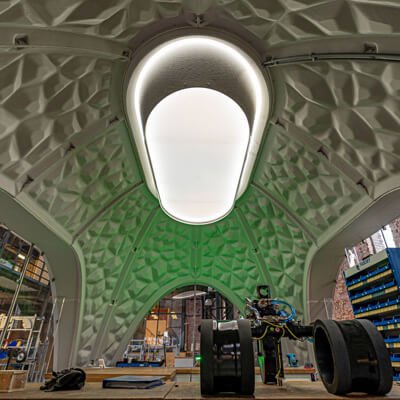

It is likely that 3D technology will become more significant as it develops in the home construction sector. In fact, given the many advantages 3D home construction offers over conventional construction techniques, some experts predict that it will become the norm within the next ten years.
The increased effectiveness and cost savings that 3D home construction provides are two of its main advantages. In order to better plan and coordinate their projects, builders and developers can reduce waste and maximize the use of materials and resources by creating a precise digital model of the building before construction starts. The use of 3D technology can also assist in identifying and correcting any design flaws before they result in expensive errors on the construction site, which can further increase efficiency and lower costs.
The improved design and customizability that 3D home construction provides is an additional advantage. Once the design has been established, it can be difficult to change the layout or features of a building using conventional design techniques. To create the ideal home, however, designers and homeowners can easily modify and customize their designs thanks to 3D technology. As a result, the design process can be carried out with a higher degree of creativity and flexibility, as well as the ability to visualize and improve the design in ways that were not possible using conventional techniques.
3D home construction offers enhanced safety and teamwork in addition to improved efficiency and improved design. By simulating construction sites virtually, 3D technology can help to lower the possibility of workplace accidents and injuries. In addition, since everyone can access and view the same digital model, 3D technology promotes better teamwork and communication. This can facilitate construction and lessen the possibility of misunderstandings or miscommunications.
Finally, 3D home building has the potential to increase sustainability in the construction industry. By creating digital models of a building, developers and builders can incorporate sustainable materials and systems, as well as optimize the structure's layout and orientation. Additionally, the use of 3D technology can lessen the environmental impact of construction.
In conclusion, 3D home construction is positioned to have a significant impact on the future of the building sector. With all of its advantages, 3D technology is likely to play a major role in the construction industry in the years to come.
References:
1. "The Benefits of 3D Printing in Construction" by Rachel Brook, 3D Printing Industry
2. "3D Home Design Software: The Top 10" by Suzanne Welsh, Lifewire
3. "The Advantages of Using 3D Printing in Architecture and Construction" by Ellen Millard, ArchDaily
4. "The Benefits of Using 3D Printing in Construction" by Jeff Lindsay, 3D Printing
5. "The Advantages of Using 3D Printing in Architecture and Construction" by Ellen Millard, ArchDaily

Author, Serial Entrepreneur, Ph.D. Candidate in 3D Printing Construction, Ted Talk Speaker, Consultant & Mastermind Group Creator. And a Trumpeter.
Reynaldo Santana is a former tech executive with 10+ years experience working from corporate, to small-medium businesses, to non-profits and start-ups. He has created, led and managed teams worldwide. Santana is now a serial entrepreneur himself, investor, speaker, philanthropist, author and on a mission to impact 1 Billion lives by using what he has learned along his journey. In addition, Reynaldo serves as President to a non-profit he founded named ESG Housing Inc, where his mission is to build world-wide affordable, sustainable, self-sufficient communities protected from future pandemics, including a tenant/landlord protection fund to protect them from financial risks.


1717 N Street NW, Suite 1, Washington, DC 20036
Copyright © 2023 Digital Builders Association | Powered by WealthSpring® Media | All Rights Reserved.
DBA is a 501(c)3 nonprofit corporation.